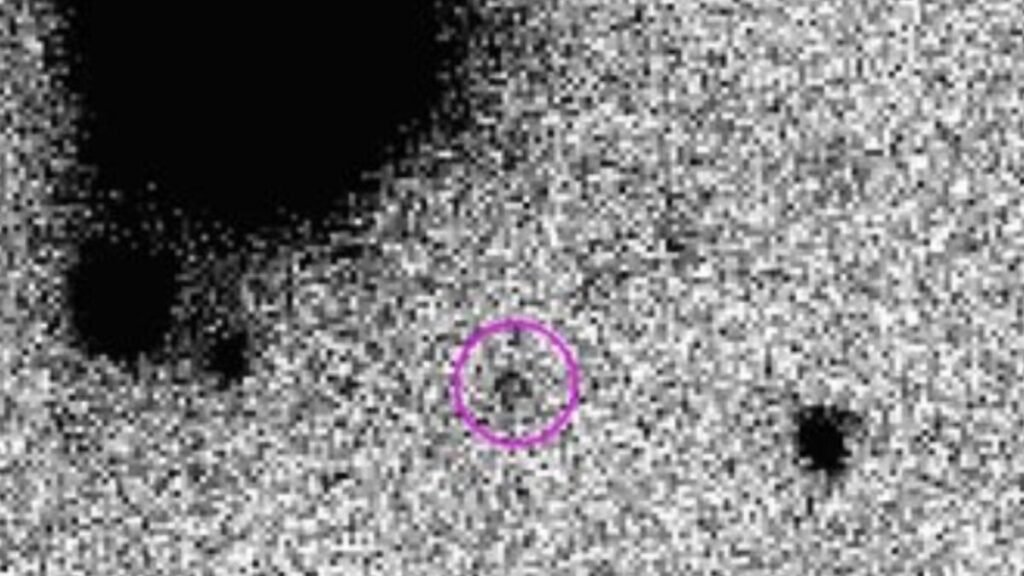A new discovery in space could challenge the mysterious Planet 9.

For years, astronomers have suspected the existence of a ninth planet hidden in the outer regions of the solar system. However, a recent discovery by Japanese researchers could rewrite that hypothesis. It involves a new and peculiar celestial body whose trajectory does not fit the patterns that supposedly pointed to the presence of the enigmatic Planet 9.
Ammonite: the new protagonist of the solar border
The object, provisionally named 2023 KQ14 and nicknamed “Ammonite” by its discoverers, was detected thanks to the FOSSIL II project with the Subaru Telescope. It is a sednoid, an extremely rare class of transneptunian objects, and only the fourth of its kind found to date. With a diameter of about 300 kilometers, Ammonite is at its closest point to the Sun… which is still 71 times the distance between Earth and our star.
Goodbye to Planet 9?
For years, the hypothesis has been considered that the anomalous orbits of certain distant bodies – such as Sedna or Leleākūhonua – are due to the gravitational influence of a massive planet not yet detected: Planet 9. However, Ammonite does not fit into that logic.
Could that “something” have been the very Planet 9?
An alternative hypothesis: was it there and is no longer?
Dr. Yukun Huang, from the National Astronomical Observatory of Japan, proposes a radical idea: Planet 9 could have existed, but been expelled from the solar system in its early days. If true, it would explain the erratic orbits of many distant objects, including Ammonite, without the need for the ninth planet to still be there.
In any case, the discovery of this new celestial body demonstrates that there is still much to be discovered. The universe continues to hold secrets… even in our own cosmic neighborhood.






